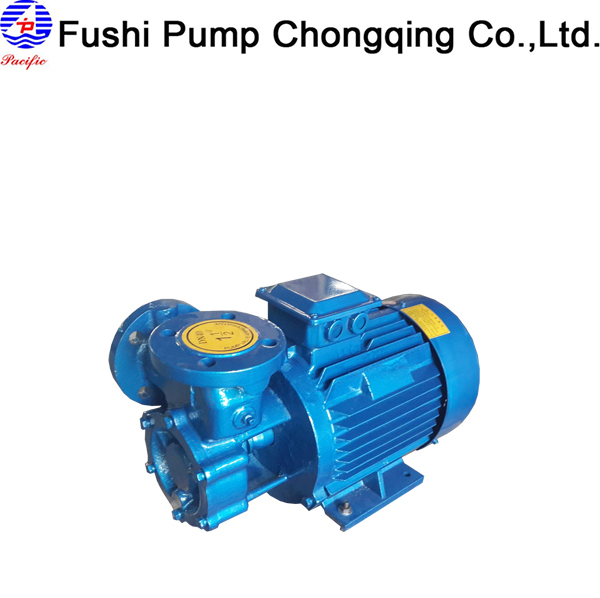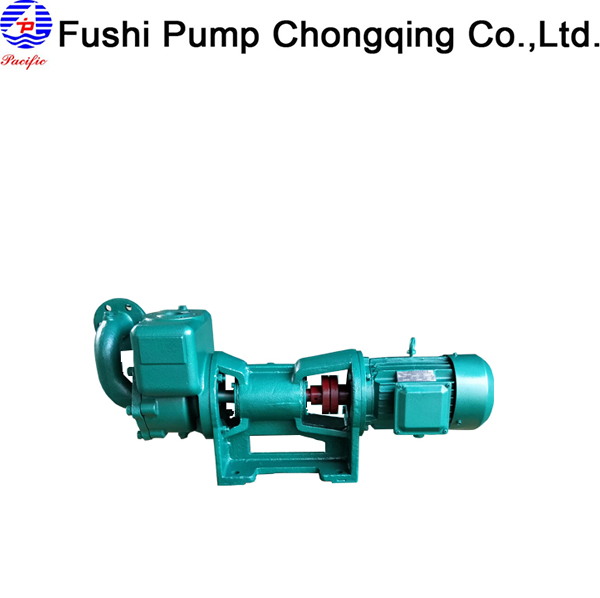Marine pump
-
Marine Fire Pump
-
Marine Emergency Fire Pump
-
Marine Ballast Water Pump
-
Marine Fuel Pump
-
Marine Lubricating Oil Pump
-
Marine Bilge Pump
-
Marine Sewage Pump
-
Marine Fresh Water Pump
-
Marine General Pump
-
Marine Cargo Oil Pump
-
Marine Hand Pump
-
Marine Centrifugal Pump
-
Marine Screw Pump
-
Marine Gear Pump
-
Marine Vortex Pump
-
Marine Ejector Pump
-
Marine Diaphragm Pump
-
Marine Piston Pump
-
Marine Cooling Water Pump
Chemical pump
Industrial Pumps
Other pump
Civil Pump
Submersible Pump
Contact us
Fushi Pump Chongqing Co., Ltd
Address: No. 11, Tianxing Avenue, ShuangQiao Industrial Park, Chongqing,China
E-mail: Sales1@fspumps.com
Tel: +86-23-67956606
Fax: +86-23-67956622
Mobil: +86-19332298771
Marine Vortex Pump
Date:2025-04-01Views:
Marine Vortex Pump
Overview
The vortex pump is a specialized pump type based on centrifugal force and vortex flow principles, designed for efficient handling of gas-liquid mixtures, particle-laden fluids, or volatile media. Its non-clogging and cavitation-resistant features make it ideal for challenging marine applications such as wastewater transfer and aerated liquid processing, particularly suited for low-flow, high-head scenarios compliant with ISO standards for marine pumps.
Applications
(1)Bilge Wastewater Transfer:
Handles oily wastewater and solid residues (MARPOL Annex I compliant).
(2)Ballast Water Emergency Drainage:
Self-priming lift of 6-8 m for rapid response during main pump failure.
(3)Foam Firefighting Systems:
Steady delivery of aerated foam mixtures (SOLAS Ch.II-2 compliant).
(4)Cooling Water Circulation:
Resists seawater corrosion and minor sediment abrasion.
Performance Specifications
Parameter | Range |
Flow Rate | 2 ~ 200 m³/h |
Head | 20 ~ 150 m |
Media Temperature | -20°C ~ 120°C |
Key Advantages
(1)Vortex Impeller Design:
Open impeller (radial straight vanes) creates annular vortex channels, enhancing pressure via centrifugal and vortex forces.
Allows passage of solids ≤15 mm and gas-liquid mixtures with ≤30% gas content.
(2)Non-Clogging Capability:
Wide flow channels (impeller-casing gap ≥5 mm) prevent jamming from fibers or grit.
Self-cleaning design for heterogeneous fluids like sludge or sewage.
(3)Cavitation Resistance:
Separated low/high-pressure zones minimize bubble collapse impacts.
Impeller materials: Brass or hardened cast iron for extended durability.
Classification Society Certifications
DNV/ABS/LR/CCS/BV.Etc.
Product showcase:(In addition, please provide the parameter of the marine pump you need and we can customize the suitable type for you.)
| Marine Vortex Pump | ||
|
|
|



